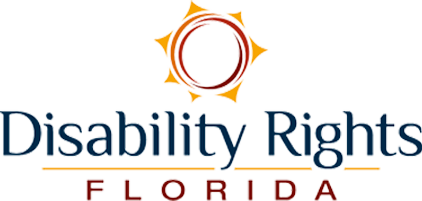Initiating Restraint
- Physical and mechanical restraint can only be implemented in emergency situations and the attending physician must be consulted as soon as possible to execute a physician’s order.
- While in restraints, a person must be observed at least every 15 minutes for injury or problems with breathing.
- At least once per hour, a nurse must do an observation to check for injuries and to take vital signs.
- Persons in restraint must be offered the opportunity to drink and to use the toilet and have range of motion, as needed, to promote comfort.
- Persons in restraint must be clothed appropriately.
- Persons must be informed of the behaviors that caused the restraint and what is necessary for release.
- The person must be released from restraints after meeting release criteria.
Limitations on Restraint
- People cannot be restrained in a prone (face-down) position nor can anything be draped across a person’s face.
- Adults, 18 years of age and older, may be restrained for up to 4 hours but must be released as soon as safely possible.
- If a person’s behavior continues to be a threat, the doctor can extend the order every 4 hours for a total of 24 hours.
- If the person continues to meet criteria for restraint after 24 hours, the physician must physically observe and evaluate the person to determine if the person remains a danger to himself or others. If so, a new physician’s order must be written.
Restraint of Minors
Minors, age 9 to 17 years of age, may be restrained for up to 2 hours.
Release from Restraint
Upon release from restraint the person’s physical condition and psychological condition must be observed, evaluated, and documented. A therapeutic debriefing must be conducted to ensure that proper documentation took place and to determine if there were any other interventions that could have been used to keep from restraining the person. The person will be asked to meet with the Treatment Team on the next business day after the restraint to review the incident, to discuss the incident, identify alternative methods for handling crisis situations, address trauma needs, review and update the Personal Safety Plan and modify the person’s plan of care, treatment and services as needed.
